The countdown to nuclear proliferation and the loss of the current world order is more tangible than ever, thanks to the efforts of the Bulletin of the Atomic Scientists and their Doomsday Clock. According to the group, the impact of Russia's war in Ukraine has brought humanity the closest to nuclear proliferation it's ever been.
History remembers 1945 as the year of the atomic bomb. The two bombs that leveled Hiroshima and Nagasaki were instrumental in disbanding the Axis Powers and ending World War II. However, this accomplishment has been eclipsed by the destruction these weapons left in their wake.
That such destructive power could be—and had been—successfully harnessed would fuel fears of a potential nuclear holocaust through the Cold War era. The ominously named clock was devised as a symbol to let humans know just how close we are to destroying ourselves—and the planet—with midnight representing global disaster on the apocalyptic scale.
The Bulletin of Atomic Scientists—known for its advocacy in the science and global security realms—announced they'd moved the hands of the Doomsday Clock to 90 seconds to midnight, the closest it's ever been.
The video below shows the movement of the clock over the decades up to the present day.
\u201cThe Doomsday Clock was moved to 90 seconds to midnight today, Jan. 24, the closest it's ever been.\n\nThe Doomsday Clock is a decades-long project of the Bulletin of the Atomic Scientists featuring a clock face where midnight represents Armageddon. https://t.co/uG9vmchRXK\u201d— USA TODAY Graphics (@USA TODAY Graphics) 1674575942
Footage of the announcement is included below.
\u201c'It is now 90 seconds to midnight' \u2014 The Bulletin of the Atomic Scientists\u2019 Doomsday Clock has been moved forward 'the closest it has ever been to midnight,' largely due to the 'mounting dangers in the war in Ukraine'\u201d— NowThis (@NowThis) 1674575928
Bulletin President Rachel Bronson said at the online announcement that "the situation is becoming more urgent" and crises "are more likely to happen and have broader consequences and longer standing effects.”
To highlight the extent to which the war in Ukraine has threatened global stability, the group announced clock movement in the Russian and Ukrainian languages for the first time.
This sobering announcement is underscored by the fact that Russian President Vladimir Putin "repeatedly raised the specter of nuclear use," said Steve Fetter, dean of the graduate school and a public policy professor at the University of Maryland, who emphasized Putin "might make desperate moves if no other options are available that he regards as acceptable.”
In a press release, the Bulletin detailed other "threats and threat multipliers beyond the most immediate risks related to the Russia-Ukraine War" such as nuclear weapon proliferation in China, Iran increasing its uranium enrichment, missile tests in North Korea, and bio-threats due to the "total number and diversity of infectious disease outbreaks," laboratory accidents, and biological warfare.
The group noted that efforts to mitigate the climate crisis have been undermined by the war in Ukraine as global carbon emissions rebounded from the COVID-19 pandemic and as nations "dependent on Russian oil and gas have sought to diversify their supplies and suppliers, leading to expanded investment in natural gas exactly when such investment should have been shrinking."
The adverse impacts of disinformation and disruptive technology cannot be underestimated either, according to the group, because "cyber-enabled disinformation continues unabated" in the United States and around the world, although it did say there is "good news" in that the American electorate rejected election deniers in 2022.
Still, the group's announcement has received a largely mixed response.
\u201c\u2026..do they really think that we\u2019re closer to nuclear armageddon now than around the Cuban Missile Crisis? Or the mid-80s?\u201d— Gary Brannan (@Gary Brannan) 1674599842
\u201cHere I wasted all this time analyzing CBO long-term fiscal trends and building spending & deficit models when I really just needed to invent a "debt crisis clock" gimmick in which I can turn the dials based on my mood and then receive major news coverage.\u201d— Brian Riedl \ud83e\uddc0 \ud83c\uddfa\ud83c\udde6 (@Brian Riedl \ud83e\uddc0 \ud83c\uddfa\ud83c\udde6) 1674593671
\u201cFar be it from me to question The Clock but I do think it might be a little off if The Cuban Missile Crisis was considered much farther from nuclear disaster than most of history after it\u201d— Max (@Max) 1674599043
\u201cThe @BulletinAtomic has reset the Doomsday Clock to 90 seconds to midnight, the closest it has ever been. This is a global alarm we cannot afford to ignore any longer. But we have a plan to protect humanity from nuclear war, take action now. #nuclearban \ud83e\uddf51\u201d— ICAN (@ICAN) 1674573290
\u201cWill we be the author to the end of the story that is humanity?\nThe #DoomsdayClock is 90 seconds to #midnight, the closest it\u2019s ever been.\u201d— Drummond Scientific Company (@Drummond Scientific Company) 1674600923
\u201cIts really pretty scary.\u201d— Chris White. (@Chris White.) 1674605565
\u201cI repeat: DON'T MESS WITH DOOMSDAY.\u201d— Climate Clock (@Climate Clock) 1674611589
While the Doomsday Clock has continued to make headlines over the last few years as geopolitical rivalries have intensified, few of the Bulletin's announcements received as much press as the one it made in 2015, when it moved the hands of the clock to three minutes to midnight, the closest they'd been since 1984.
At the time, Lawrence Krauss, a chair on the Bulletin’s Board of Sponsors and a foundation professor of the School of Earth and Space Exploration and Physics departments at Arizona State University, said that the clock is an estimate “that the world is as close to the brink as it was in 1983 when US-Russian tensions were at their iciest in decades.”
The group said it decided not to move the hands of the clock in 2016 in a bid to strengthen relations between world leaders who “continue to fail to focus their efforts and the world's attention on reducing the extreme danger posed by nuclear weapons and climate change.”

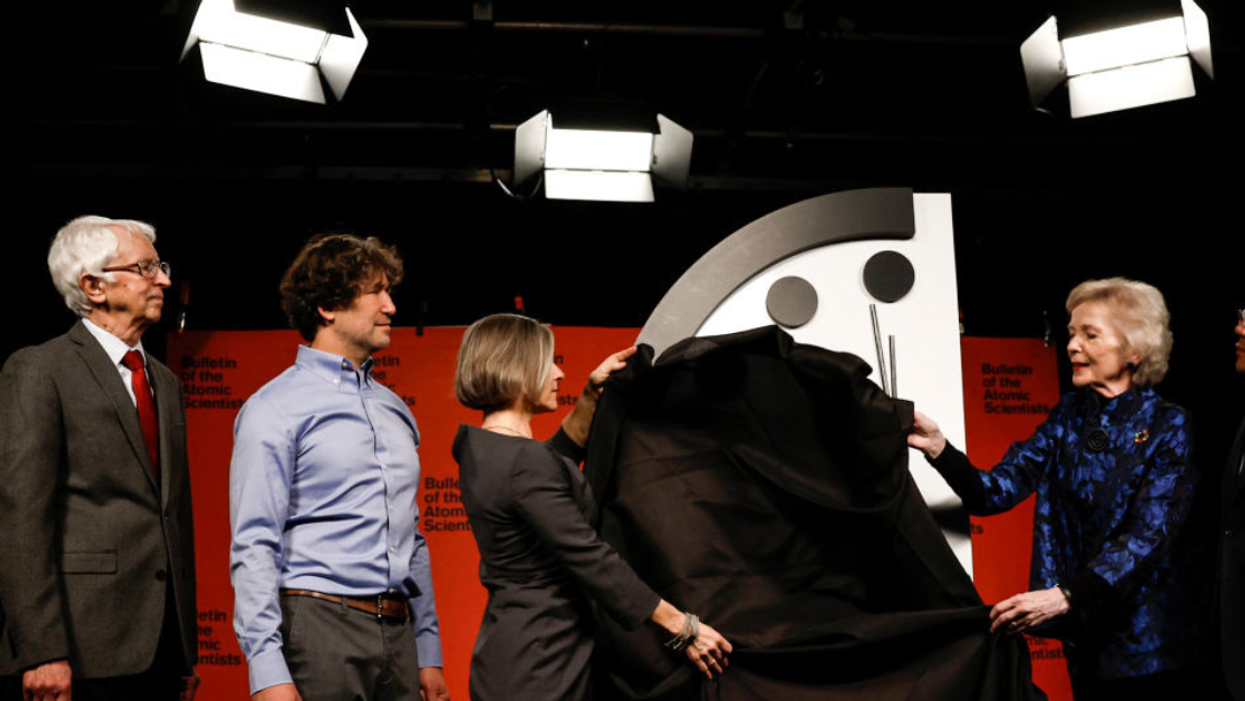


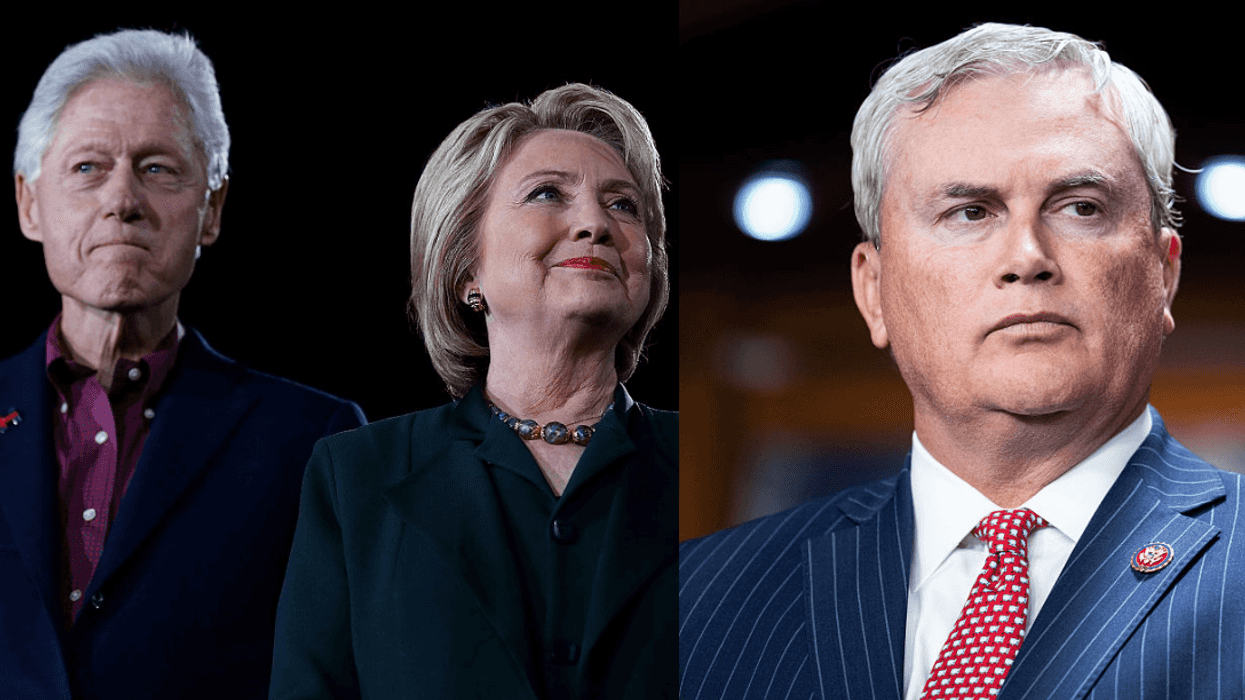



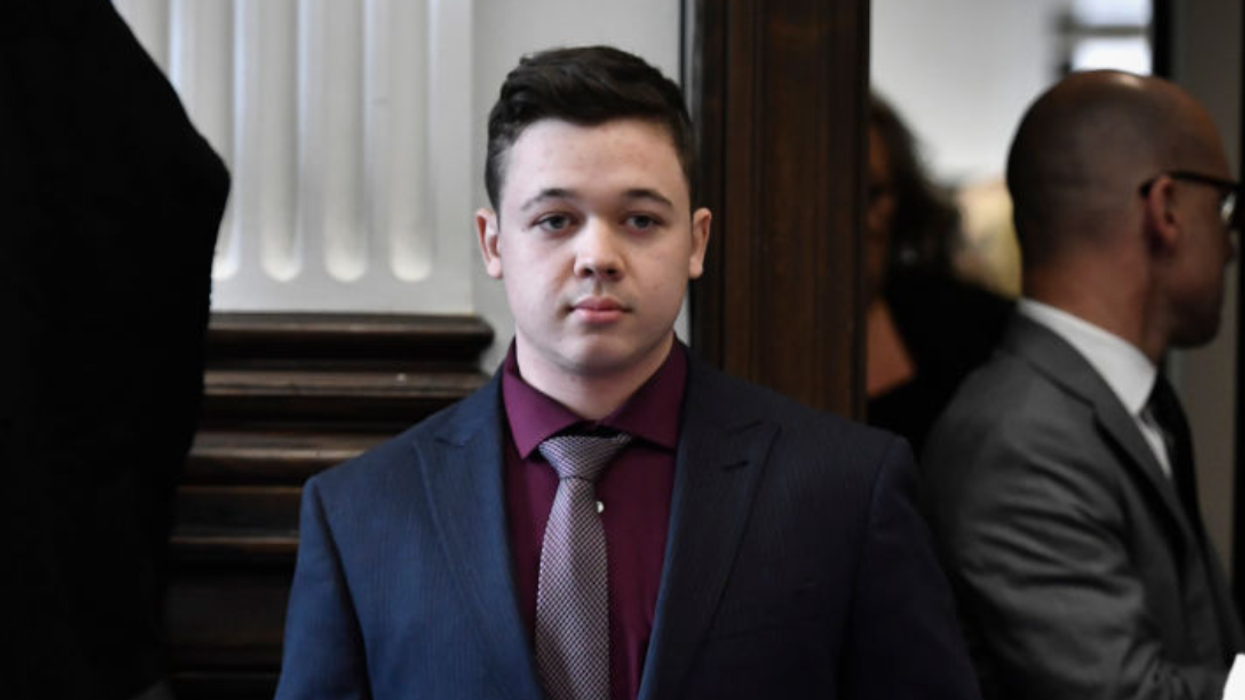


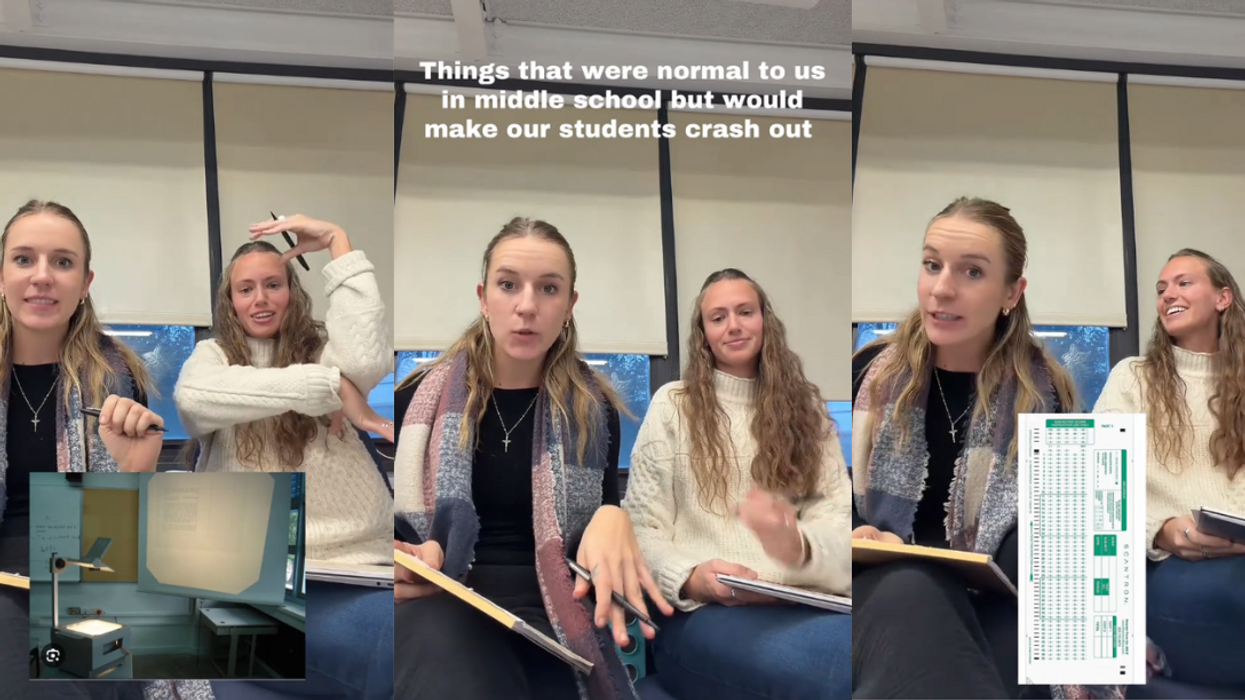

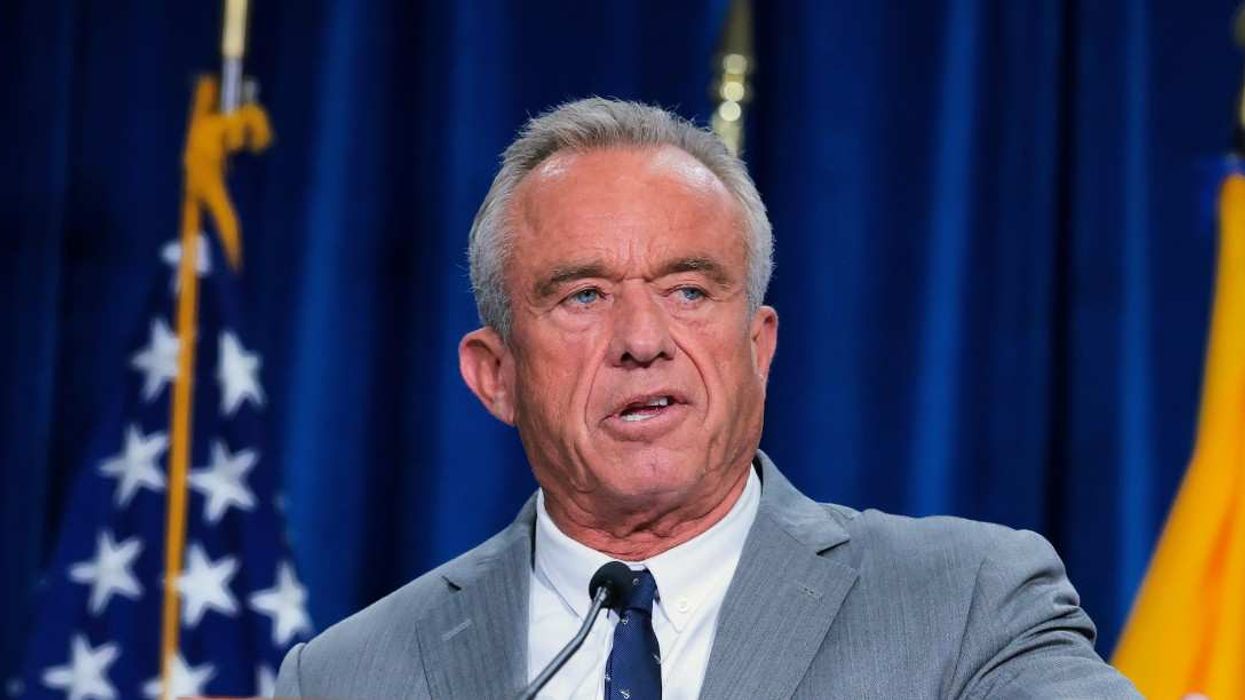
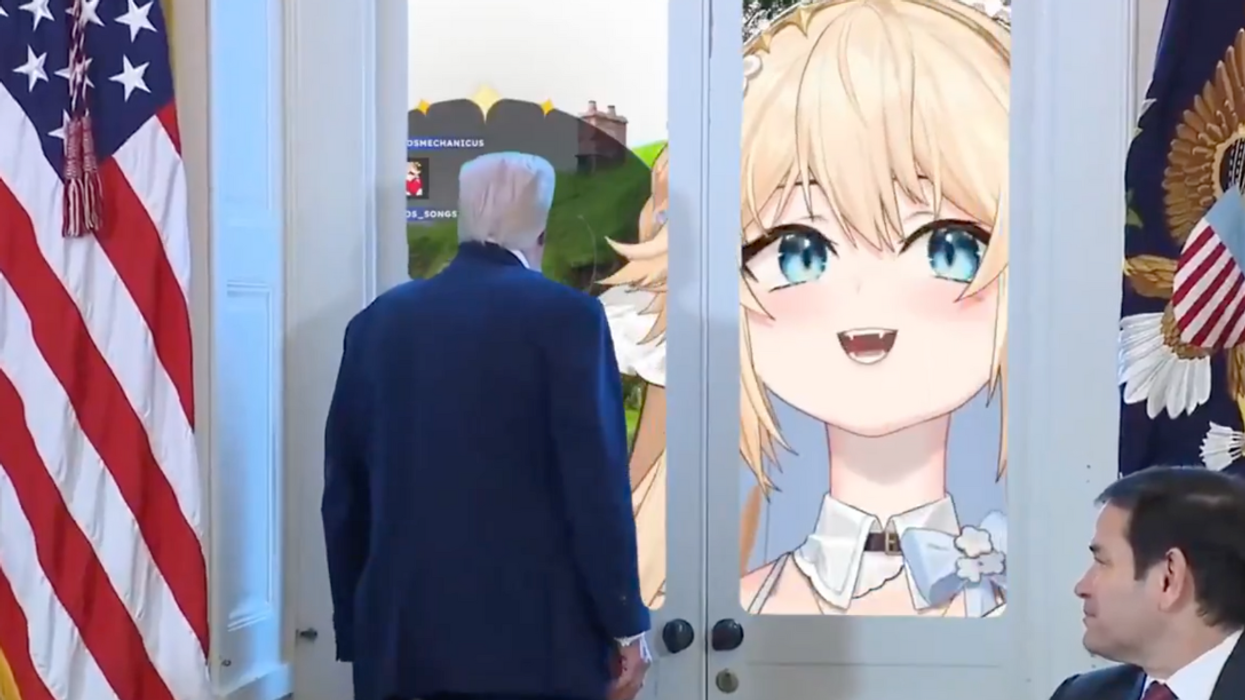
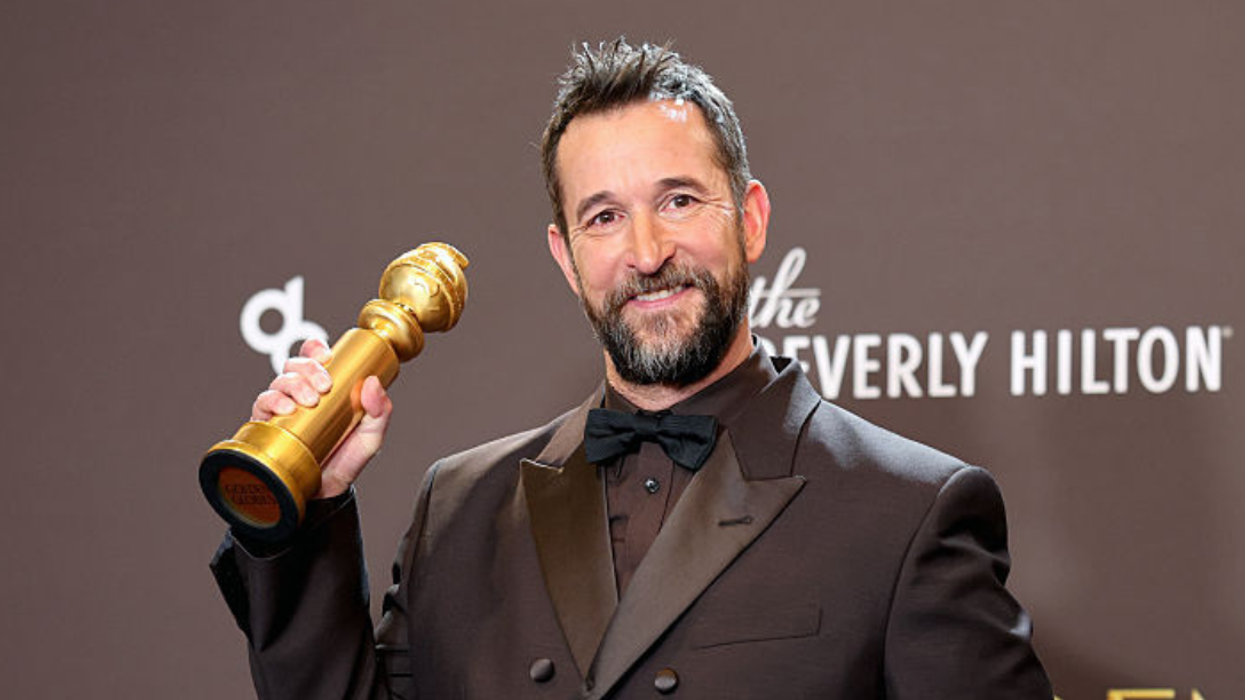
 @therealnoahwyle/Instagram
@therealnoahwyle/Instagram @therealnoahwyle/Instagram
@therealnoahwyle/Instagram @therealnoahwyle/Instagram
@therealnoahwyle/Instagram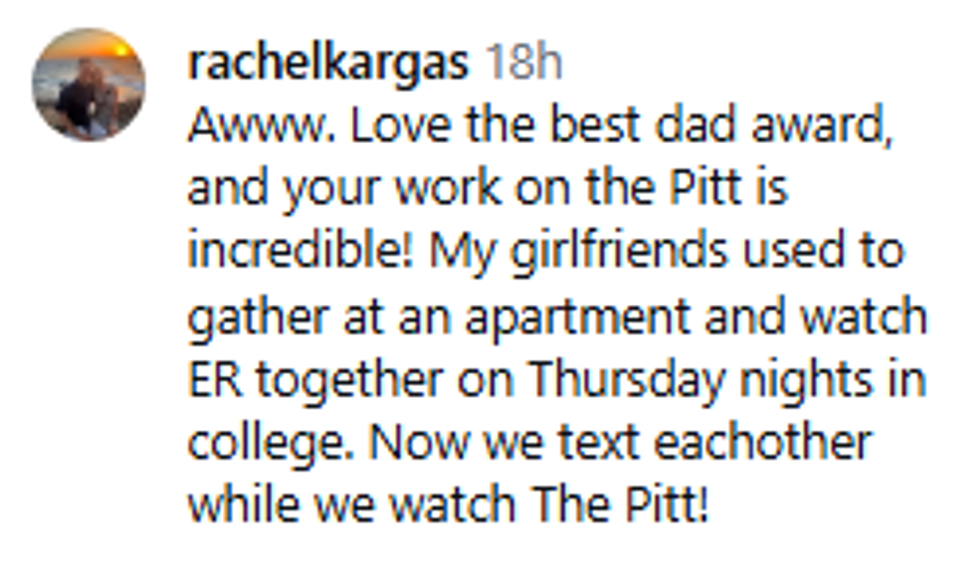 @therealnoahwyle/Instagram
@therealnoahwyle/Instagram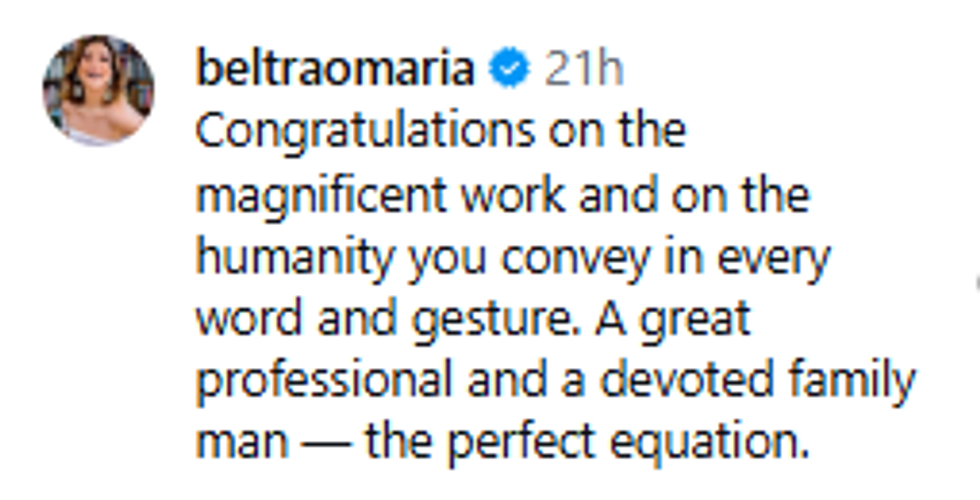 @therealnoahwyle/Instagram
@therealnoahwyle/Instagram @therealnoahwyle/Instagram
@therealnoahwyle/Instagram @therealnoahwyle/Instagram
@therealnoahwyle/Instagram @therealnoahwyle/Instagram
@therealnoahwyle/Instagram @therealnoahwyle/Instagram
@therealnoahwyle/Instagram @therealnoahwyle/Instagram
@therealnoahwyle/Instagram @therealnoahwyle/Instagram
@therealnoahwyle/Instagram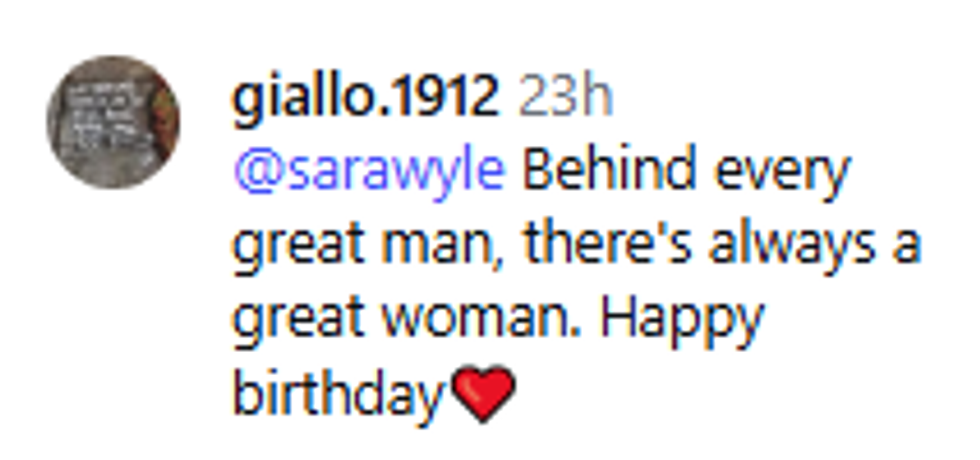 @therealnoahwyle/Instagram
@therealnoahwyle/Instagram @therealnoahwyle/Instagram
@therealnoahwyle/Instagram